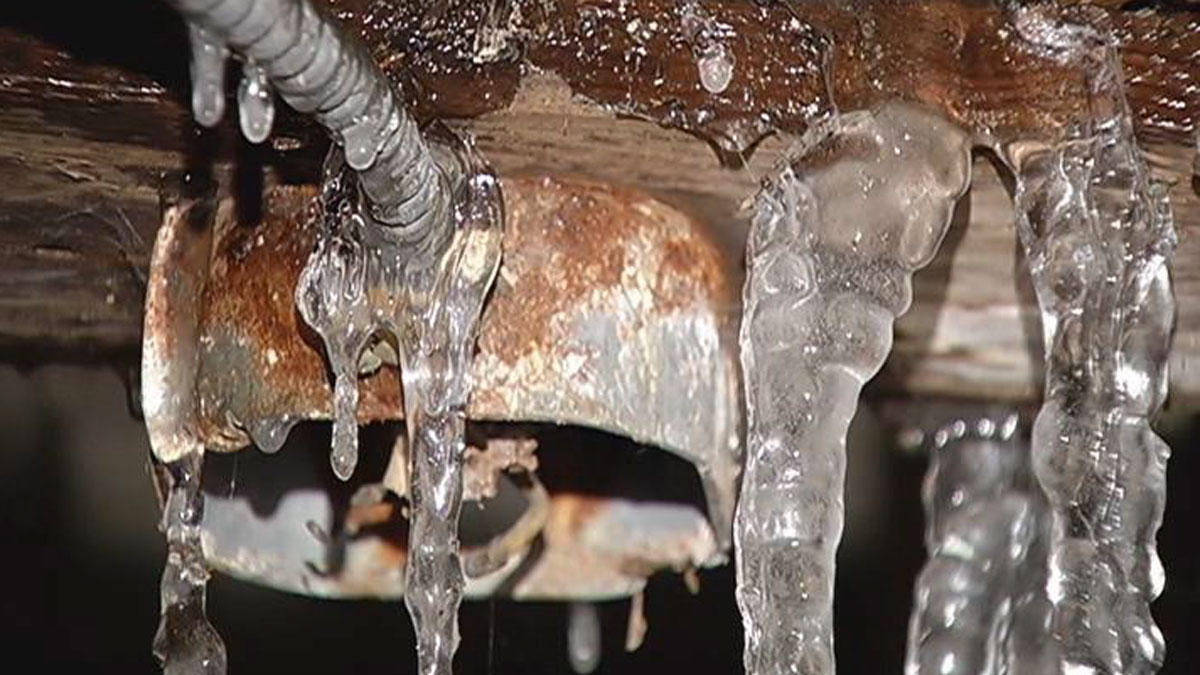Ways to Protect Pipes from Cold Weather Issues: Important Tips
Ways to Protect Pipes from Cold Weather Issues: Important Tips
Blog Article
We have unearthed this great article on How to Prevent Your Pipes From Freezing below on the web and concluded it made perfect sense to quickly share it with you here.

Cold weather can wreak havoc on your plumbing, particularly by freezing pipes. Below's just how to prevent it from occurring and what to do if it does.
Introduction
As temperatures decline, the danger of frozen pipes increases, possibly bring about expensive repair work and water damages. Recognizing exactly how to prevent icy pipes is crucial for home owners in cold climates.
Recognizing Frozen Pipelines
What triggers pipelines to freeze?
Pipelines freeze when subjected to temperatures below 32 ° F (0 ° C) for expanded periods. As water inside the pipelines freezes, it broadens, taxing the pipe wall surfaces and possibly triggering them to break.
Risks and damages
Icy pipelines can result in water system disruptions, residential property damages, and expensive repair work. Burst pipes can flood homes and cause comprehensive architectural damages.
Indicators of Frozen Piping
Recognizing icy pipelines early can stop them from breaking.
Just how to identify frozen pipes
Look for decreased water flow from taps, uncommon smells or noises from pipes, and visible frost on exposed pipelines.
Avoidance Tips
Shielding at risk pipelines
Wrap pipes in insulation sleeves or make use of warm tape to safeguard them from freezing temperatures. Concentrate on pipelines in unheated or exterior locations of the home.
Home heating strategies
Maintain interior rooms effectively heated, specifically areas with plumbing. Open up cabinet doors to allow cozy air to distribute around pipelines under sinks.
Safeguarding Exterior Plumbing
Garden tubes and exterior taps
Separate and drain garden hoses prior to winter months. Set up frost-proof faucets or cover outside taps with shielded caps.
What to Do If Your Pipelines Freeze
Immediate actions to take
If you think frozen pipes, maintain faucets open to ease pressure as the ice melts. Utilize a hairdryer or towels taken in hot water to thaw pipelines gradually.
Long-Term Solutions
Structural modifications
Take into consideration rerouting pipes away from outside wall surfaces or unheated locations. Include additional insulation to attics, basements, and crawl spaces.
Upgrading insulation
Purchase top notch insulation for pipelines, attic rooms, and walls. Appropriate insulation helps maintain consistent temperatures and decreases the risk of frozen pipelines.
Verdict
Protecting against icy pipelines needs proactive steps and quick actions. By recognizing the reasons, indications, and preventive measures, homeowners can secure their plumbing during winter.
5 Ways to Prevent Frozen Pipes
Drain Outdoor Faucets and Disconnect Hoses
First, close the shut-off valve that controls the flow of water in the pipe to your outdoor faucet. Then, head outside to disconnect and drain your hose and open the outdoor faucet to allow the water to completely drain out of the line. Turn off the faucet when done. Finally, head back to the shut-off valve and drain the remaining water inside the pipe into a bucket or container. Additionally, if you have a home irrigation system, you should consider hiring an expert to clear the system of water each year.
Insulate Pipes
One of the best and most cost-effective methods for preventing frozen water pipes is to wrap your pipes with insulation. This is especially important for areas in your home that aren’t exposed to heat, such as an attic. We suggest using foam sleeves, which can typically be found at your local hardware store.
Keep Heat Running at 65
Your pipes are located inside your walls, and the temperature there is much colder than the rest of the house. To prevent your pipes from freezing, The Insurance Information Institute suggests that you keep your home heated to at least 65 degrees, even when traveling. You may want to invest in smart devices that can keep an eye on the temperature in your home while you’re away.
Leave Water Dripping
Moving water — even a small trickle — can prevent ice from forming inside your pipes. When freezing temps are imminent, start a drip of water from all faucets that serve exposed pipes. Leaving a few faucets running will also help relieve pressure inside the pipes and help prevent a rupture if the water inside freezes.
Open Cupboard Doors
Warm your kitchen and bathroom pipes by opening cupboards and vanities. You should also leave your interior doors ajar to help warm air circulate evenly throughout your home.
:strip_icc()/snow-outdoor-faucet-pipes-4af65d1e5e904fb1aa7bf74071fe5d89.jpg)
I came across that piece of writing on Winter Plumbing Precautions: Preventing Frozen Pipes while doing a lookup on the internet. Do you know somebody who is fascinated by the niche? Do not hesitate to share it. I love reading our article about Prevent Frozen Pipes .
Recurring Service Plans Report this page